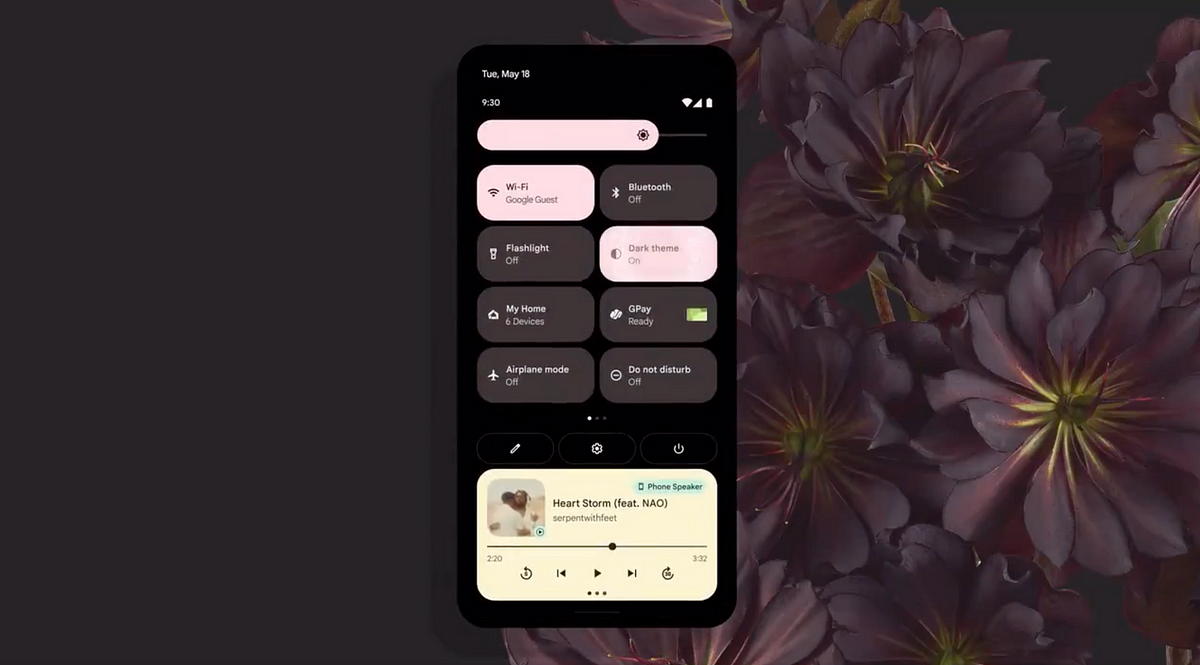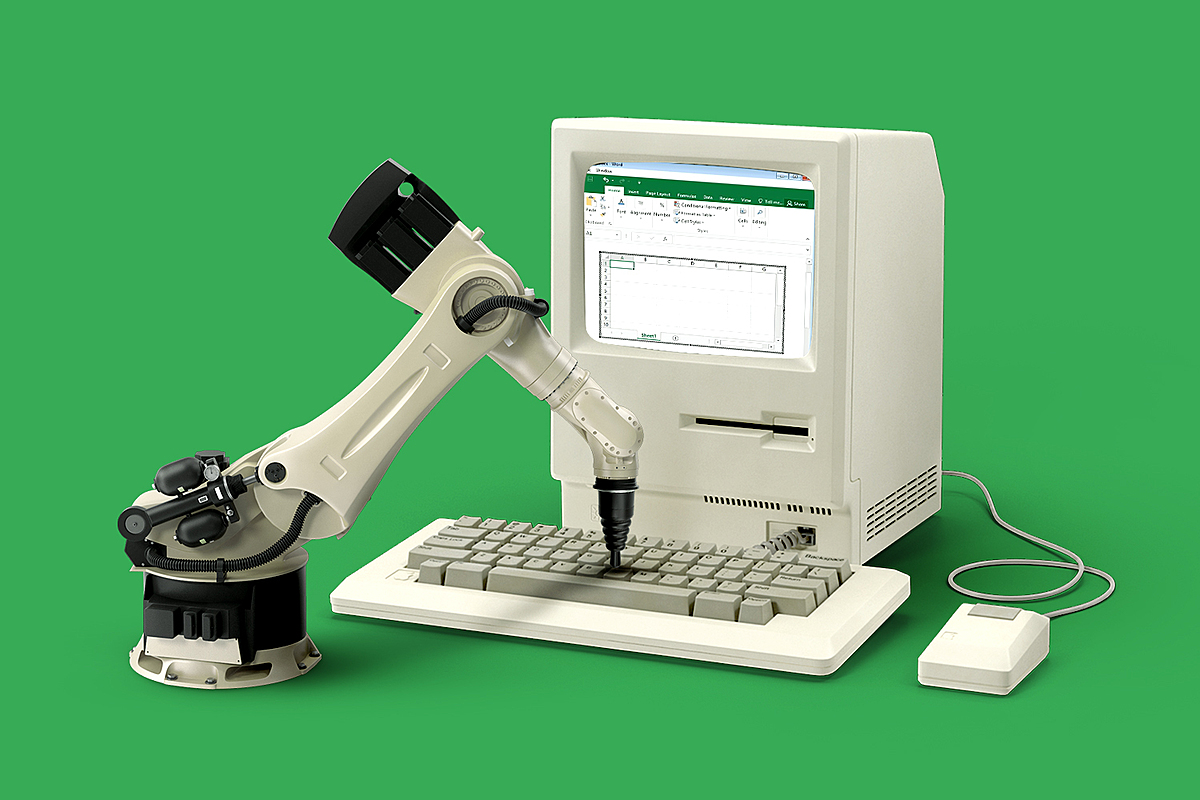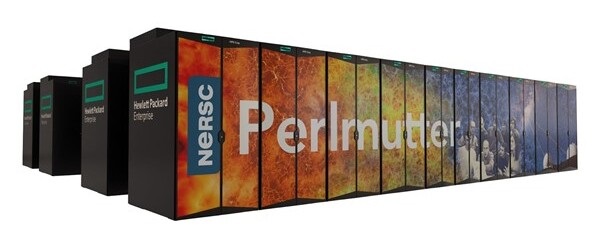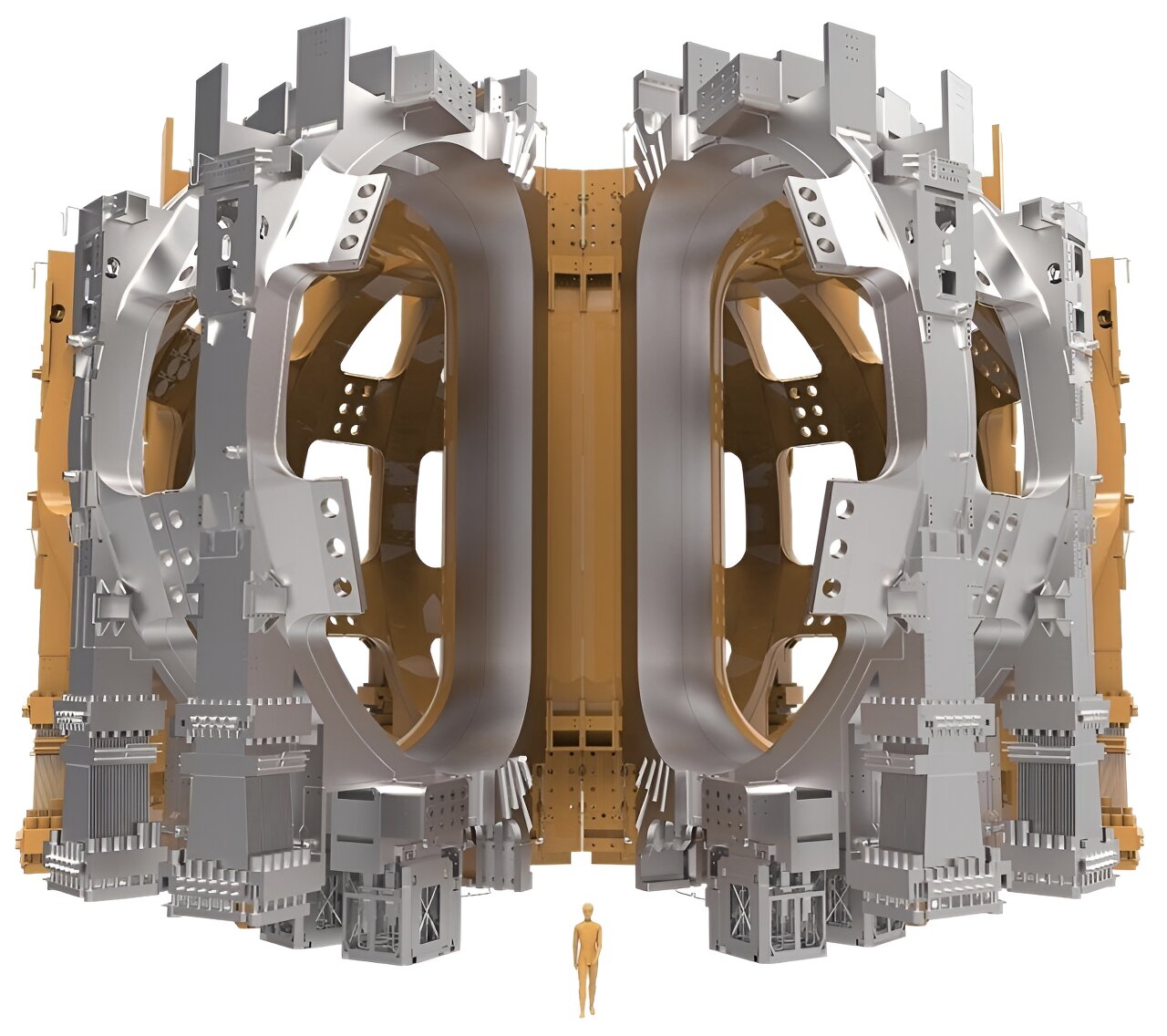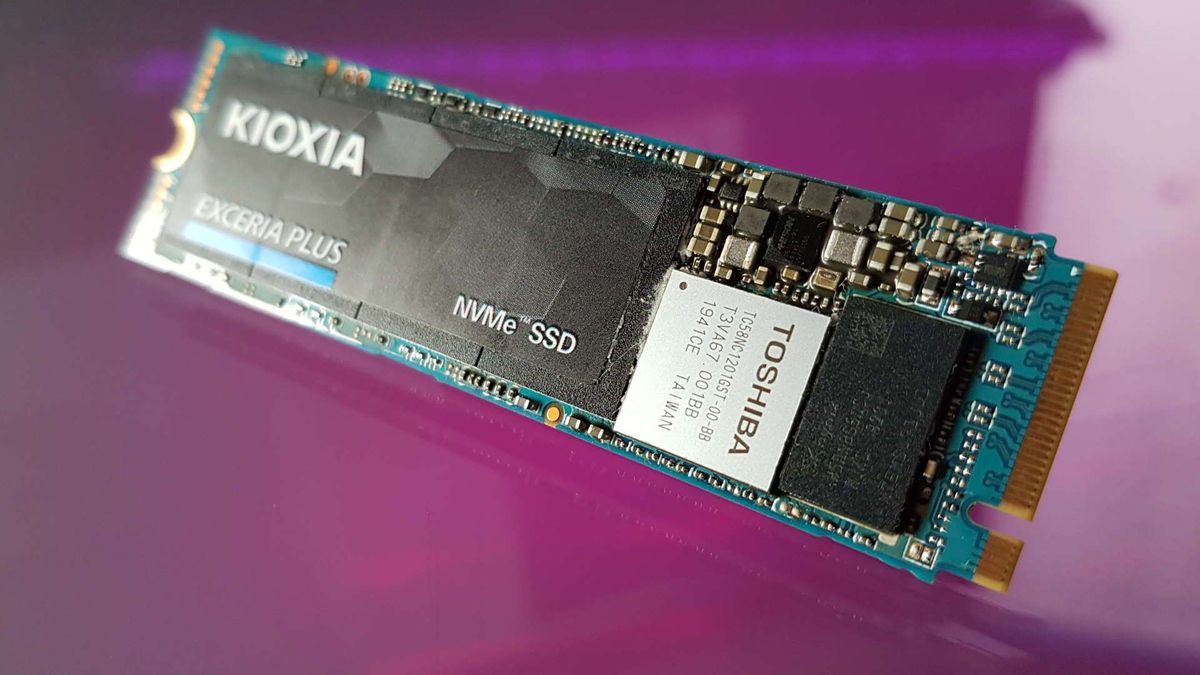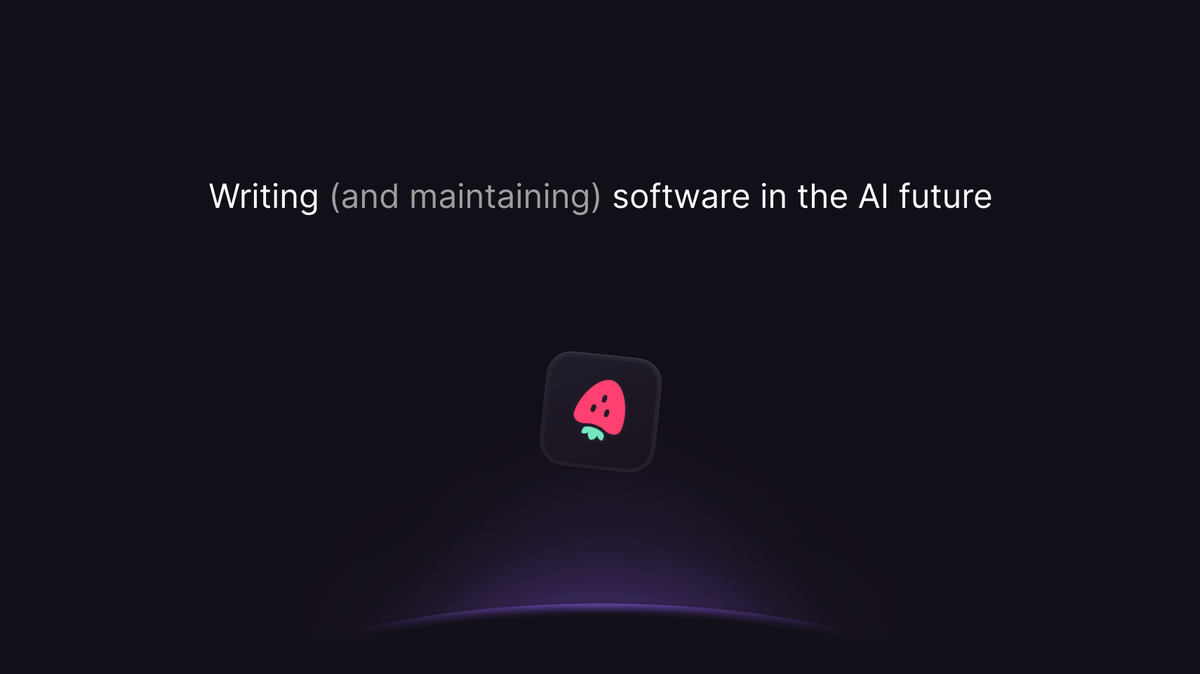
Old Vintage Computing Research
I confess I fell into the DTV trap a couple times other than the C64 DTV, which is enhanced over the original and really should be considered a distinct Commodore computer of its own. I was Team Intellivision as a kid (we went from an Atari Ultra Pong Doubles to a Tandyvision One), I got the Intellvision Lives! CD for my Mac, and I figured the DTV version would be a great cartridge-free small version. Instead, I ended up being so disgusted with the abysmal quality of the ports that I'm pretty sure it went in the trash electronics recycling almost immediately, or at least I can't find it anymore. Sometime ago I'd also got an AtGames ColecoVision clone that was on sale, which also turned out to be crap (sold it at a yard sale), and the convertible Tommo Neo Geo X which does truly play in emulation but MAME was more convenient and so I found a buyer for it. The only DTVs I ended up keeping were my modded C64 DTV and a Hummer direct-to-TV game which is a later version of the C64 DTV hardware.
Recently, however, someone mentioned the Winbond W55V9x series of "TV-Toy" chips and this piqued my interest to see how hackable they might be. But first let's beat up on the Inty direct-to-TVs a bit more, partially because I despise them in particular, but also because they make a good technical lead-in. One of the most common architectures for early generation DTVs is the so-called NES-on-a-chip ("NOAC"), which makes them little 6502s since the Nintendo Entertainment System/Famicom was 6502-based, and the Inty DTVs were all (near as I can determine) of this specific type. Originally the various "Famiclones" made their own versions of the Ricoh 2A03/2A07 CPU (an NMOS 6502 with audio hardware and no decimal mode) and 2C02/2C07 PPU video chip, their clones of which were separate components initially and later consolidated to reduce cost further. Such systems were invariably accompanied by any required mapper hardware and ROMs. The advantages of these clone chips were obvious — a community of people already experienced in programming for them and an older chip that was cheap to manufacture — and soon they appeared in all sorts of basic applications like these beyond merely being knockoff NESes. The licensed Inty DTVs came in various form factors differing pretty much only in their shape, included games and menu interface.



